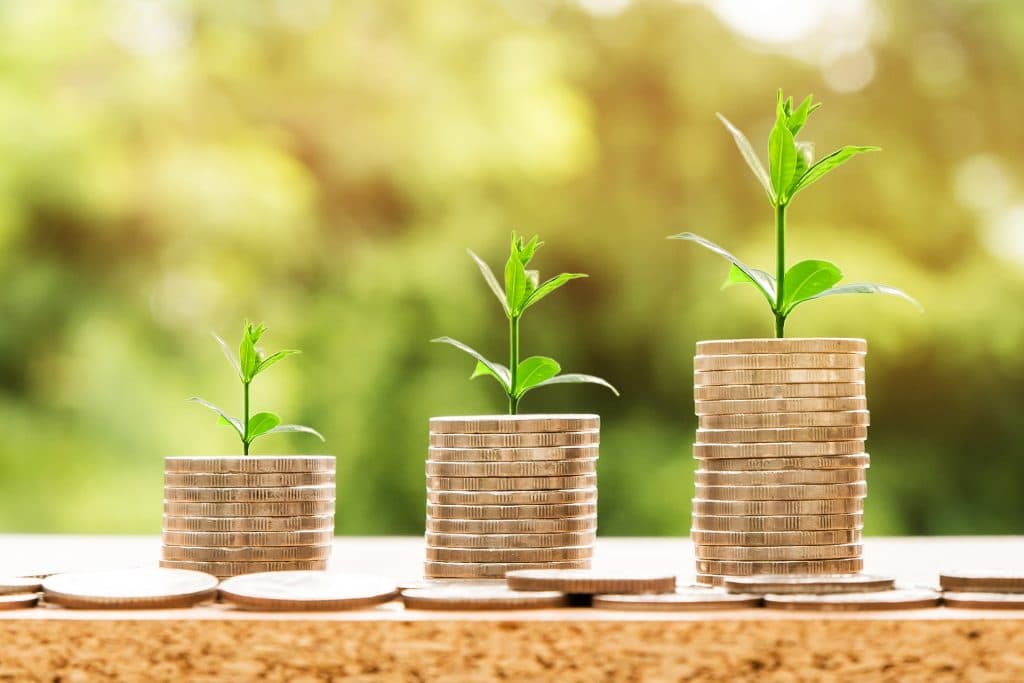
As the life expectancy of older adults increases, economic insecurity is one of the top concerns among seniors. In a recent article by The Nation, “Nearly half of all private-sector employees in the country—some 58 million people—had no company-sponsored retirement plan in 2018.”1 Many people aren’t aware that a reverse mortgage line of credit can be used as a retirement tool for obtaining long-term financial stability.
What is a Reverse Mortgage?
A reverse mortgage is a loan for homeowners age 62 and over. Using the equity in your home, the loan enables you to convert your home equity into cash in the form of monthly payments, a line of credit or a combination of these options.2 If you still have a traditional mortgage, the reverse mortgage will pay off that loan and eliminate your monthly mortgage payments.3 Essentially you are borrowing your own home equity. You keep the title of your home and can live there as long as you want.4
Instead of making monthly payments as with a traditional loan, you accrue interest on the reverse mortgage loan amount. The amount you owe will eventually grow over time. Thus, the amount of your loan proceeds is not the full amount of your home’s equity. Instead, there is a Principal Limit determined by various factors, such as the age of the youngest borrower, value of the home, balance of an existing mortgage (if applicable), and other mandatory obligations. Unlike a traditional mortgage, the reverse mortgage doesn’t come due until the last borrower or co-borrower no longer lives in the home.
How Does a Reverse Mortgage Line of Credit Grow?
With a reverse mortgage line of credit, you’re converting your home’s equity into usable funds. However, unlike the traditional reverse mortgage in which the proceeds are withdrawn in a lump sum immediately after closing, the proceeds from a line of credit may appreciate over time. You can withdraw from the line of credit at any time. What isn’t withdrawn will continue to grow. The unused portion will grow at a rate that is determined by combining the initial interest rate of the loan and the mortgage insurance premium (MIP) rate of 0.5%. For example, if the initial interest rate charged on the loan is 4.0%, the line of credit growth rate will be 4.5% (4.0% plus the 0.5% MIP rate).
The longer the line of credit goes untouched; the more growth potential you have. The idea is to use the reverse mortgage line of credit as a safety net for the future. Line of credit growth is only a benefit when a portion of the line of credit is not used. The more you withdraw from the line of credit, the less equity you have to grow. Starting the line of credit early on is also a key factor, allowing more time for the equity to compound and grow. If you need to use the proceeds from your reverse mortgage right away, this option may not be for you. For someone whose home is paid off or nearly paid off and doesn’t need the money right now, the reverse mortgage line of credit growth option can be a long-term strategy that can be included within one’s financial retirement plan.
Do You Have to Get a Line of Credit with a Reverse Mortgage?
No. A reverse mortgage line of credit is one option to receive the proceeds of the loan. People take the proceeds from a reverse mortgage in a variety of ways depending on their financial needs and goals. Additionally, some borrowers may be limited by the government regulations to first pay off any other existing mortgages and liens, and, in some cases, set-aside funds to continue to pay property taxes and homeowners insurance, which must be maintained with a reverse mortgage.
Important Disclosures
1The Nation. Economic Insecurity Is Becoming the New Hallmark of Old Age. (March 29, 2019) https://www.thenation.com/article/retirement-crisis-insecurity-inequality/
2The funds available to you may be restricted for the first 12 months after loan closing. In addition, you may be required to set aside additional funds from the loan proceeds to pay for taxes and insurance.
3Your current mortgage(s) and any other existing liens against the property must be paid off at or before closing. You must live in the home as your primary residence, continue to pay required property taxes, homeowners insurance, and maintain the home according to FHA requirements. Failure to meet these requirements can trigger a loan default that may result in foreclosure.
4You must live in the home as your primary residence, continue to pay required property taxes, homeowners insurance, and maintain the home according to FHA requirements. Failure to meet these requirements can trigger a loan default that may result in foreclosure.
